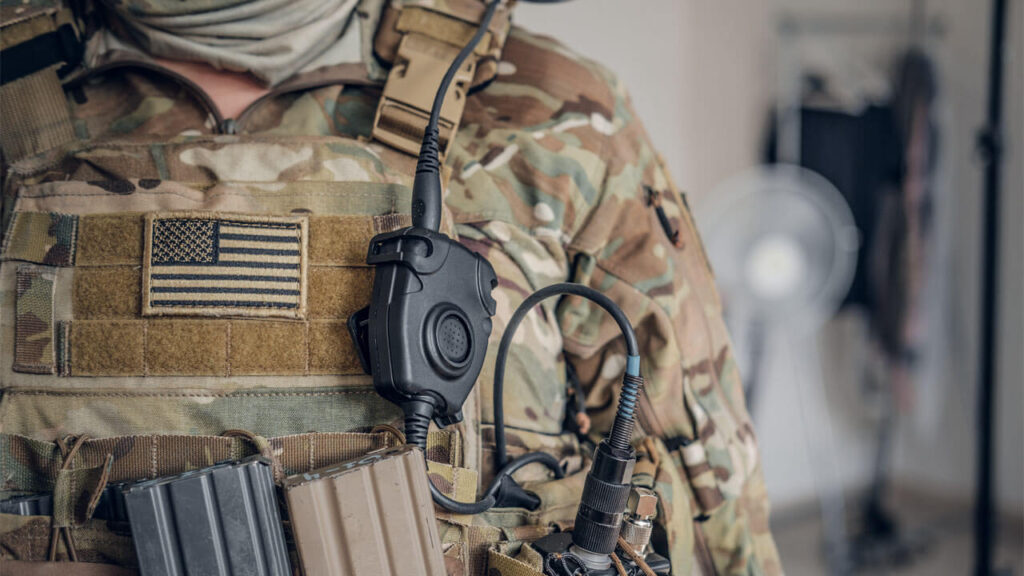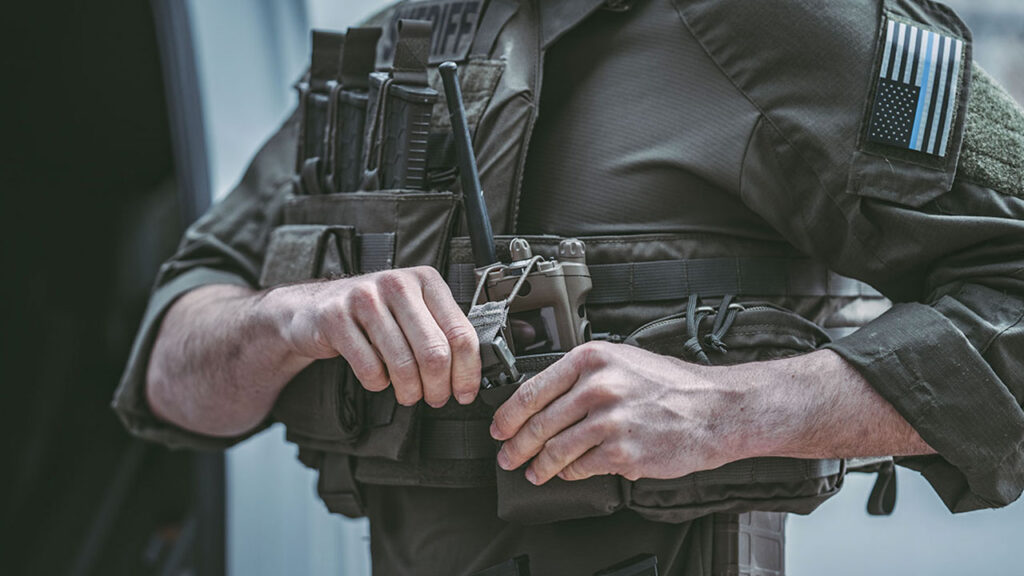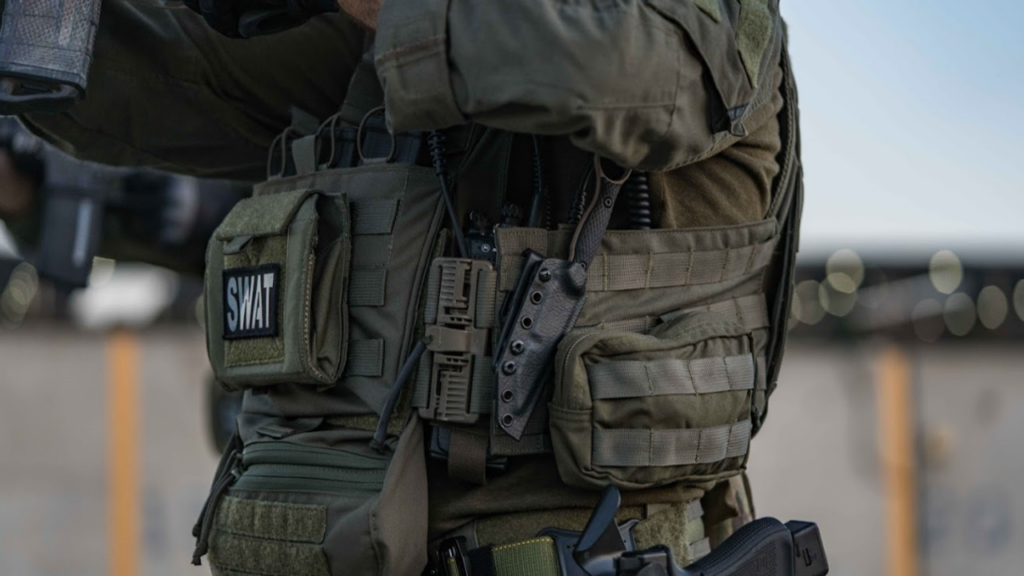Top Plate Carrier Choices to Maximize Efficiency
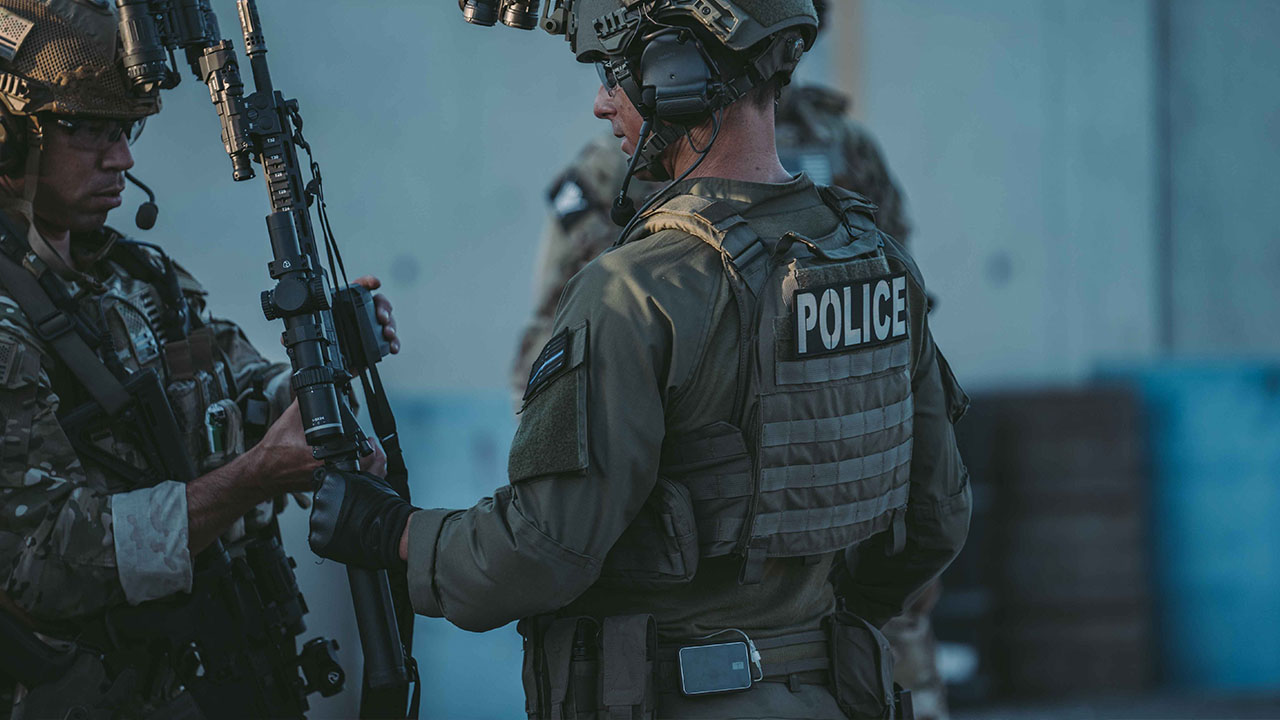
But how exactly does a good plate carrier contribute to efficiency?
Let's dive in.
As professionals in fields that demand a high level of physical protection, we often find ourselves in situations where we need to rely heavily on our gear. One piece of equipment that has proven to be a game-changer for many in this category is the best plate carrier. It’s not just about functionality or body armor protection, it’s also about efficiency. But how exactly does a good operational lightweight plate carrier contribute to efficiency? Let’s get started and find out.
What is a Plate Carrier?
Plate carriers are essential tactical gear used by military and law enforcement personnel to carry ballistic plates for protection against gunfire. A plate carrier, by definition, is a vest-like piece of protective gear that holds body armor plates…and other stuff. It is designed to be lightweight yet incredibly durable, and it is intended to protect your vital organs from bullets and shrapnel.
But it’s not just a simple piece of gear. It’s a life-saving equipment that, when chosen wisely, can significantly increase your efficiency and performance in the field. The best CT plate carrier is ultimately the one that feels more comfortable to wear and offers the best options for carrying your gear.
Why A Plate Carrier Is Crucial For Your Defense Needs
A plate carrier is designed to hold ballistic plates to protect vital areas from high-impact threats. These customizable carriers have adjustable straps, padded shoulder pads, and additional attachments for carrying ammunition and tactical equipment. They are mainly worn by military personnel, law enforcement, first responders, and civilians who need personal protection.
Choosing the right size, fit, and features maximizes your plate carrier's efficiency. Whether you’re selecting a carrier for its operator performance or its ability to handle heavy-duty defense situations, a product that offers durability and comfort is essential. Here are some key considerations when selecting the right plate carrier.
Common Types of Plate Carriers
Carries can come in a variety of flavors, so let’s dive in. Various types of plate carriers exist, each designed to meet specific needs and preferences. Here are some common types:
1. Tactical Plate Carriers
These are for combat or law enforcement applications, providing maximum protection and durability. They may have large amounts of MOLLE webbing for securing equipment, including pouches, radios, and hydration bladders.
Best suited for high-risk missions, they have complete coverage and carry heavy ballistic plates.
2. Lightweight Plate Carriers
Designed for agility and speed, these carriers minimize bulk while maintaining armor plates. They’re used for situations where maneuverability is more important than heavy load capability. Although lighter, they retain a minimum of modularity and comfort for long wear.
3. Low-Profile Plate Carriers
These are thin, minimalist carriers worn underneath clothing or in clandestine situations. They trade modularity for stealth, making them ideal for plainclothes or stealth operations. Low-profile as they are, they are still able to hold soft or hard armor plates.
4. Modular Plate Carriers
Modular carriers are extremely adaptable, with removable panels, cummerbunds, and adjustable mounts. Users can adjust their configuration to suit mission requirements—be it medical equipment, ammunition, or tools. This capability has made them a popular choice among military and tactical operators.
5. Female-Specific Plate Carriers
These are designed to fit the female body’s shape for enhanced comfort and performance. They provide better plate positioning, weight distribution, and movement with use. The design minimizes fatigue and pressure points, particularly during longer missions.
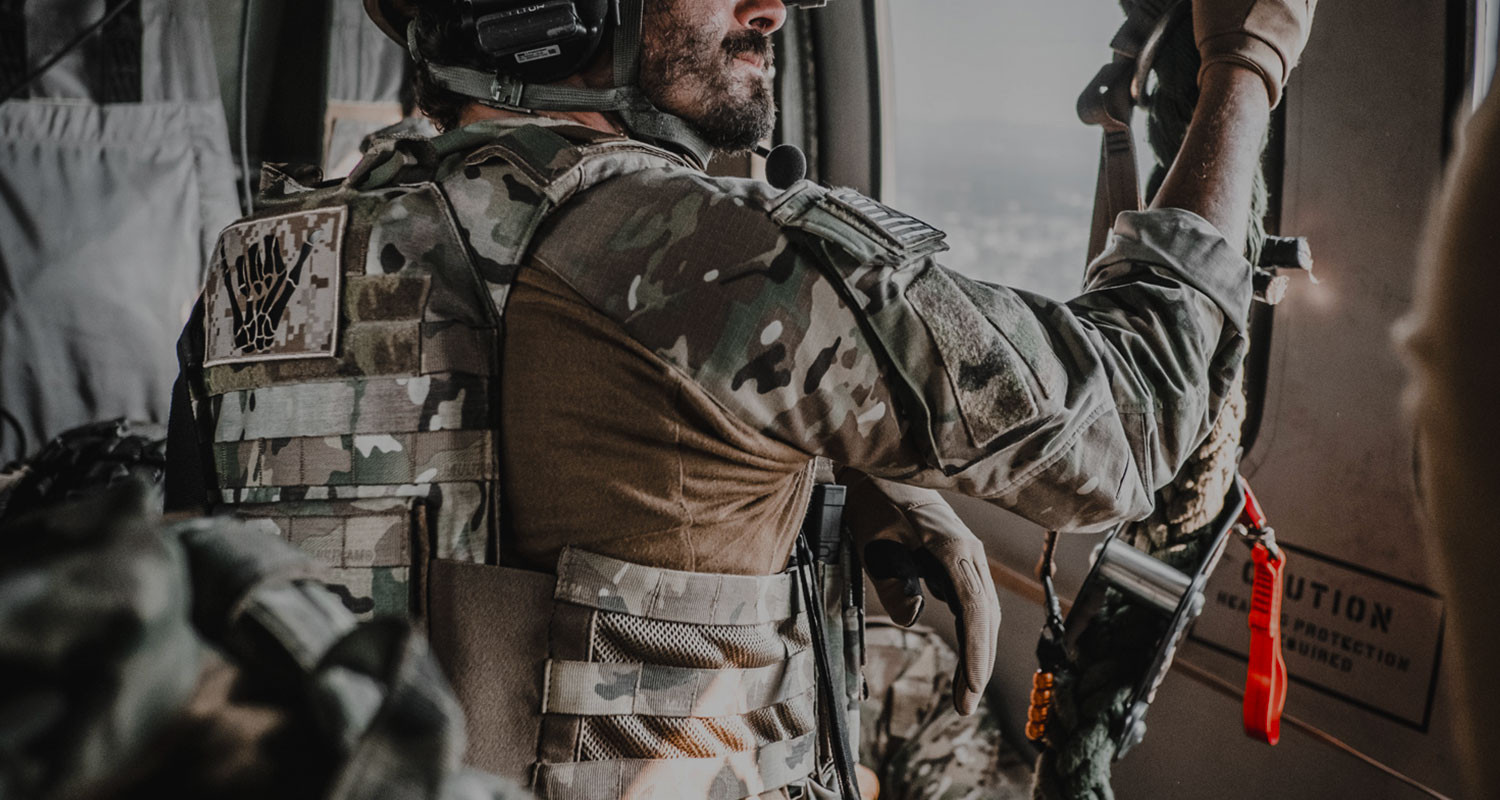
It’s important to note that the choice of plate carrier depends on the mission requirements, operational environment, and personal preferences of the user. Additionally, advancements in materials and design continually influence the development of new plate carrier models.
The Importance of a Quality Plate Carrier for Professionals

Chase Tactical Quick Response Plate Carrier (QRC)
The most the most functional and robust Quick Response Plate Carrier (QRC).
How a Plate Carrier Vest Improves Efficiency
The best plate carrier vest improves efficiency in several ways. First, it enables you to carry essential items conveniently, reducing the need to reach for gear stored elsewhere. Second, a well-designed plate carrier vest allows for better weight distribution, reducing fatigue and increasing your endurance. Finally, the right tactical vest with plates can enhance your mobility, allowing you to move quickly and easily, even in challenging environments.
Top Plate Carrier Recommendations to Maximize Efficiency?
When buying a plate carrier, check product reviews, sale details, and FAQs to figure out what is suitable for you. Below are some of the best ones that can help maximize efficiency in different categories.
Crye Precision JPC 2.0
The Crye JPC 2.0 is renowned for its lightweight design and aerodynamic shape. Its minimalistic styling focuses on velocity and agility, with its sleek profile and low weight ideal for operators who require velocity without encumbrance. It provides just enough modularity for basic gear while maintaining a low profile, making it ideal for tactical agility.
Spiritus Systems LV-119
Spiritus Systems offers a highly modular plate carrier system that can be customized for various missions and applications. The design is centered on flexibility, allowing users to adjust their load-outs easily. The adaptability helps users optimize efficiency by carrying only what is required.
Ferro Concepts Slickster
Ferro Concepts Slickster is a low-profile carrier designed for stealth missions. It’s lightweight, comfortable, and made to be concealed under clothing without added bulk. Its sleek design makes it perfect for instances where stealth is more important without compromising on protective features.
Shellback Tactical Banshee Elite 2.0
The Banshee Elite 2.0 is built to last and comfortably carry more substantial loads. It’s an ideal option for users who need to have additional gear for extended periods without compromising mobility or comfort. Elite plate carrier is a durable build that durable build finds a fine balance between protection and usability.
Velocity Systems Scarab LT
The Scarab LT is distinguished by its ergonomic design, especially the shoulder straps, which minimize fatigue. It evenly distributes weight, making it effective for extended missions. Its comfort-centered features enable users to sustain endurance when carrying heavy loads.
AR500 Veritas Lite Modular Plate Carrier
AR500’s Veritas Lite is a great option for budget-conscious users seeking dependable protection without additional features. It offers the fundamental features of a plate carrier minus the frills. This compactness is ideal for those who desire uncomplicated performance without a hefty price tag.
Factors to Consider in your Plate Carrier Setup
When choosing your plate carrier setup, consider factors such as weight, fit, modularity, and storage. Weight is crucial because it impacts your mobility and endurance. A good fit ensures the carrier doesn’t interfere with your movements.
Modularity allows for customization to suit your specific needs, and adequate storage means you can carry essential gear efficiently. All these factors are important in selecting the best plate carrier for your gear configuration.
Bottom Line
When selecting a plate carrier to maximize efficiency, it’s essential to consider various factors such as adjustability, loadout options, and the specific use case, whether for combat, training, or outdoor survival. Look for vests that offer adjustable shoulder straps and a cummerbund, ensuring a secure fit and optimal comfort. Plate carriers with ample pockets, mag pouches, and plate bags provide the necessary loadout capacity, while features like camo patterns and Crye Precision designs cater to specific operational needs.
Frequently Asked Questions
Where to Buy the Best Plate Carriers
One reliable place to shop for top-quality plate carriers is Chase Tactical. They offer a wide selection of good plate carriers suited for various professional needs, ensuring you can find the perfect fit for your specific requirements.
Are Plate Carriers Bulletproof?
While the term “bulletproof” is commonly used, it can be a bit misleading. No material or armor is entirely “bulletproof.” Instead, the term “bullet-resistant” is more accurate. A plate carrier, by itself, does not offer any ballistic protection. Only when equipped with appropriate ballistic plates, which are designed to be bullet-resistant, meaning it can provide protection against certain types of bullets up to a specified level.
How do I make the right decision when choosing a top plate carrier?
When evaluating the top plate carrier choices to maximize efficiency, your decision should be based on your mission needs, comfort, and load-bearing requirements. Look for options that come with a plate carrier, plates, and pouches, and consider trusted models like the best plate carrier for law enforcement or the best tactical plate carrier available today.
What features should I look for in the best law enforcement plate carriers?
For law enforcement, the best plate carriers offer high mobility, durability, and easy front access to gear. A good guide is to check if the carrier allows an easy opening of the chest area and provides MOLLE webbing for customization. The best models support fast access to plate carrier accessories and essential tools while balancing comfort and protection.
Are there plate carriers available with built-in pouches for better efficiency?
Yes, many top plate carriers now come as complete systems, including plate carriers with plates and pouches, reducing the need to buy separate gear. This setup helps maximize efficiency by keeping your chest and front area organized and mission-ready straight out of the box.

